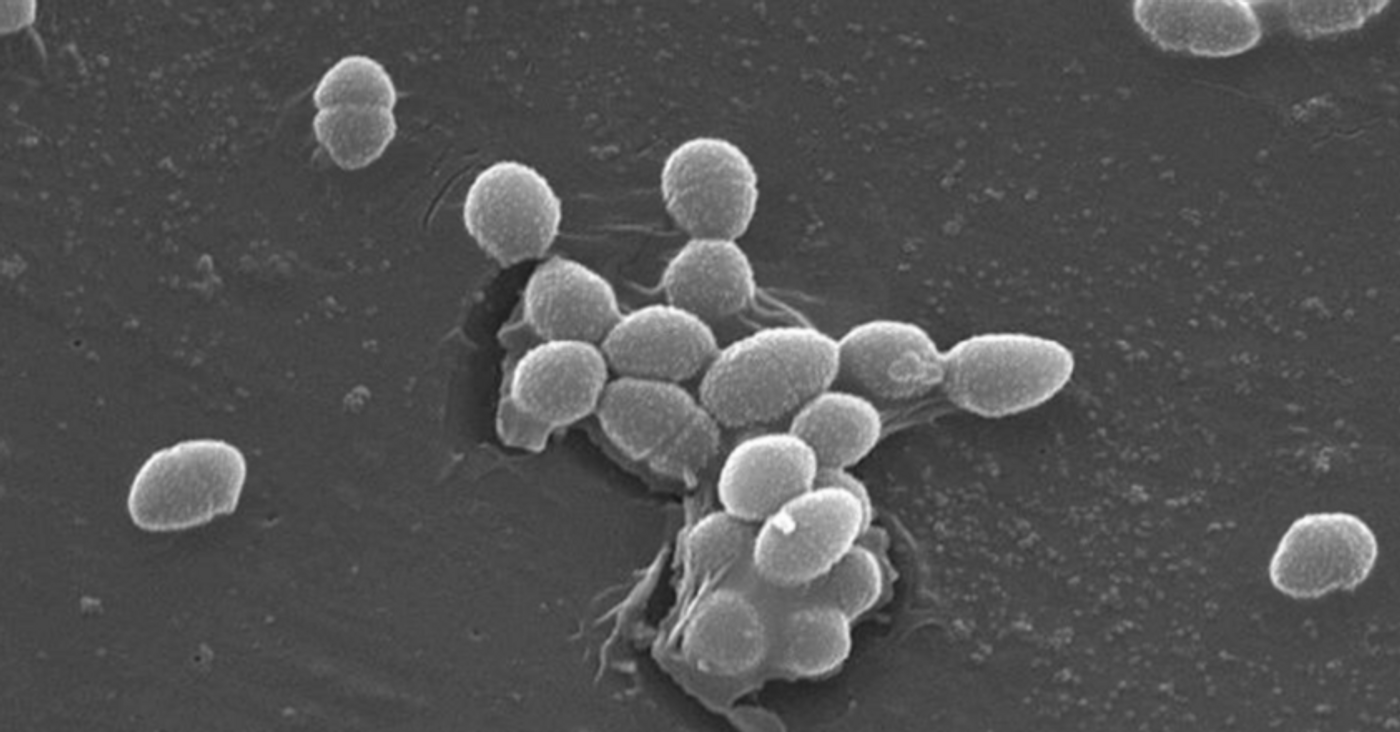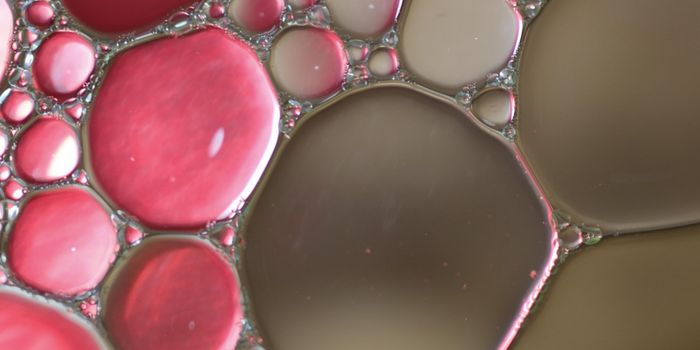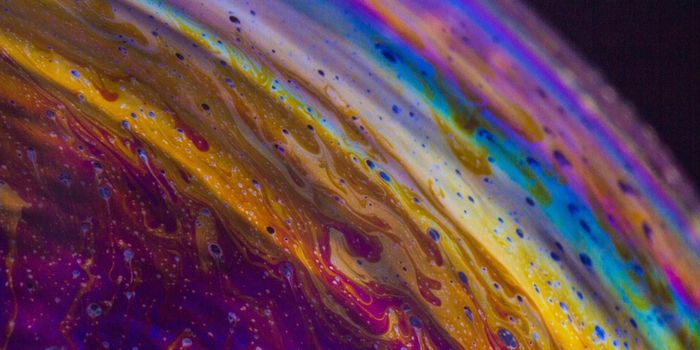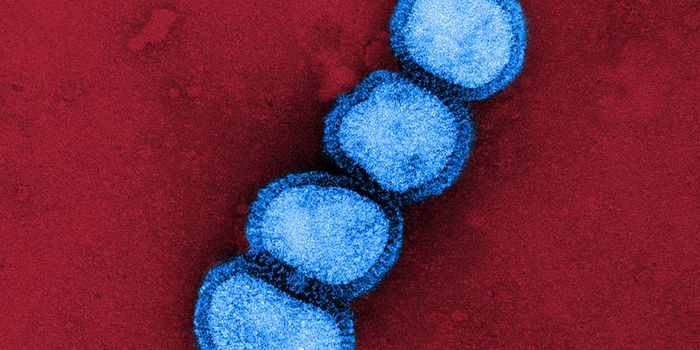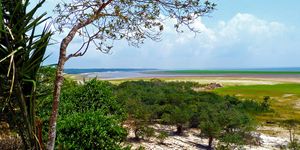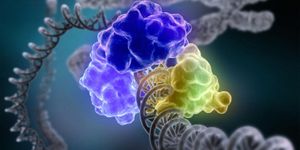The Gut Microbiome Changes Dramatically When Hunter-gatherers Start Farming
Researchers have shown that the microbial community that organisms host in their digestive tract, the gut microbiome, has a major impact on the host’s health and well-being. It’s been established that environmental factors can have an influence on the composition of the microbiome, and we know that industrial societies have different microbiomes than rural ones. In a first, researchers have now shown that the gut microbiomes of closely related populations can be very different even when those people are living in roughly the same geographical area. According to the findings, the diets that people are eating because of their lifestyle appear to be a major factor in gut microbiome composition. The work has been reported in PLOS Biology.
"This study indicates that human microbiomes may have changed gradually as human lifestyle changed, and those changes can happen within a human's lifetime," said lead study author Aashish Jha, Ph.D., a postdoctoral scholar at Stanford University.
For this work, the researchers studied four groups living in the Himalayas - the Tharu, Raute, Raji, and Chepang peoples. While they all have similar ancestry, cultures, and languages, the diets of these four communities have diverged. Agricultural has been a part of the Tharu lifestyle for about the past 300 years while the Raute and Raji have only been farming for the past thirty or forty years. The last group, the Chepang, are still hunter-gathers to this day.
This study indicated that shifts in the gut microbiome were influenced strongly by when the community ceased hunting and gathering as their way of life.
About 10,000 years ago, humans transitioned from a nomadic way of life as hunter-gatherers and settled as farmers. That change had a profound impact on our diet, which had been a seasonal variety of berries, nuts, roots, and seeds, with some meat and fish.
Related: Major Diet Changes may Improve Microbiome Health, but Only in Kids
In this study, the researchers examined how that lifestyle change might have affected the gut microbiome. The team assessed the microbial composition of the four different Hiumalayan groups over two months, by collecting stool samples from 56 study participants in those populations and ten North Americans with European ancestry. They also recorded lifestyle data including diet, alcohol and tobacco use, medications and health status, and environmental variables.
The samples revealed four types of gut microbiome compositions, which paralleled the transition from hunter-gatherer to farmer. In the Chepang hunter-gatherers, bacteria called Ruminobacter and Treponema were abundant, which is common in foraging populations. Those bacteria phyla are found in decreasing levels as hosts move further from the hunter-gatherer lifestyle. In an industrialized society like North America, those bacteria are rarely found. Instead, phyla like Actinobacteria and Verrucomicrobia are present in industrial populations (and nearly absent from hunter-gatherers).
The data from the Raute and Raji groups indicated that it only took a few decades for major shifts to occur in the human microbiome. We don’t yet know what that means of human health.
"We have always thought of humans as human DNA and the collection of humans cells that we walk around with," said senior author Justin Sonnenburg, Ph.D., associate professor of microbiology and immunology at Stanford. “But now we know that we have this microbial identity and that microbial portion of our biology is malleable. It can change over really short time periods."
The research continues, as the investigators search for the cause of the microbial shift. Right now, the sources of drinking water that communities use appear to be a factor. The scientists are also planning to assess diet in more detail.
"As the world is urbanizing rapidly, our microbiomes are also changing rapidly," added Jha. "So, if we don't study the traditional societies today, 20 years down the road we may be too late."
Learn more about how the microbiome influences health and disease from the video.
Sources: Phys.org via Stanford University, Microecology, Cell Reports, PLOS Biology

